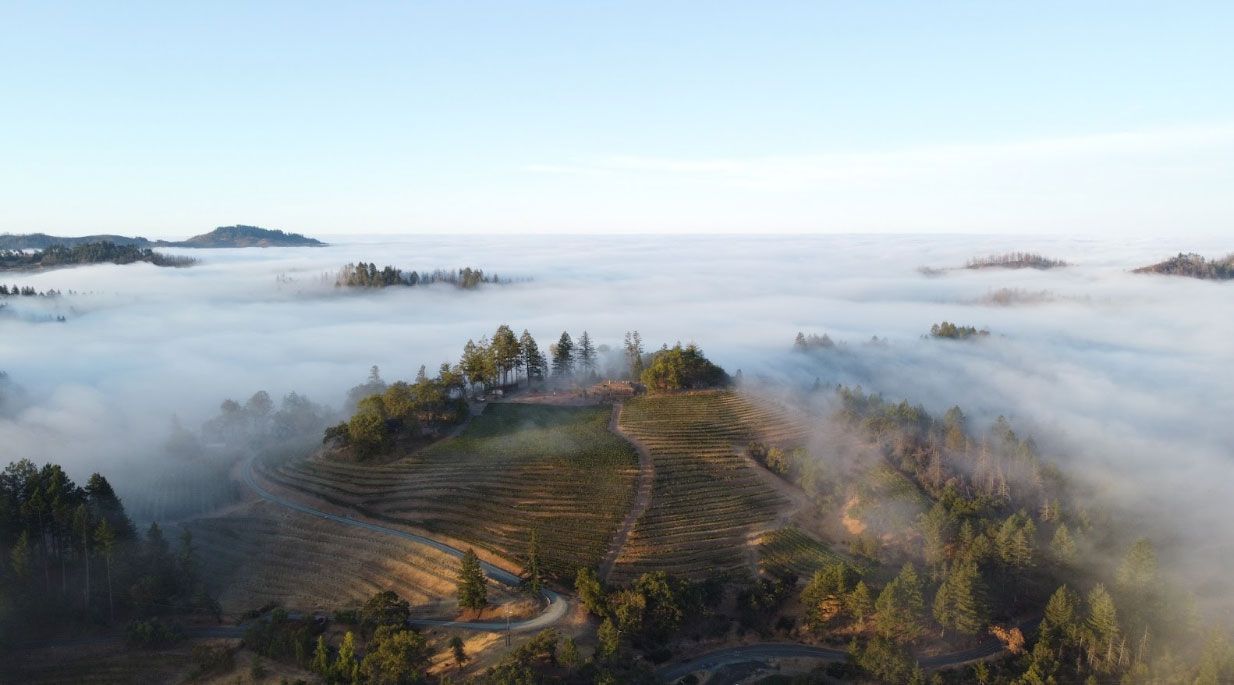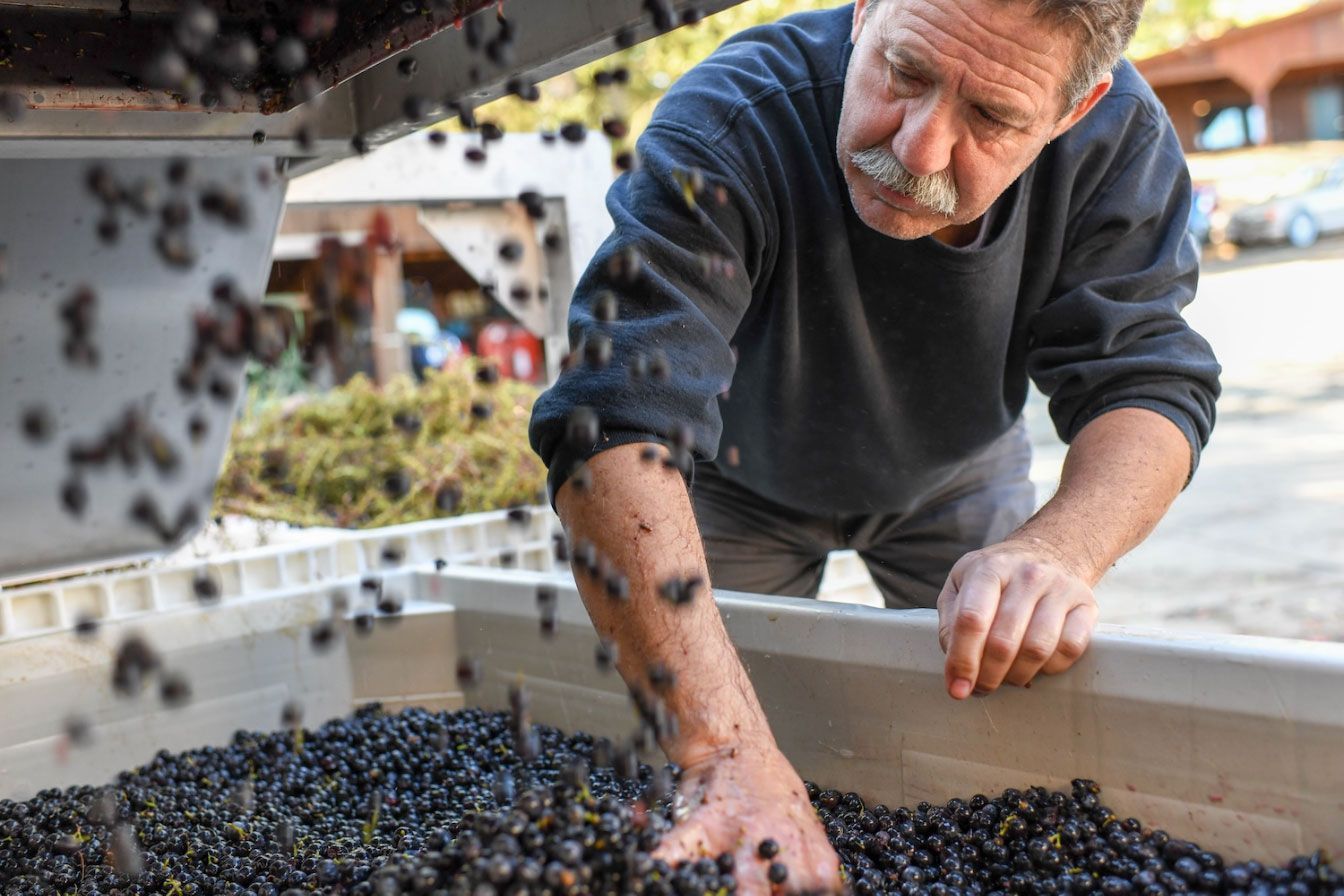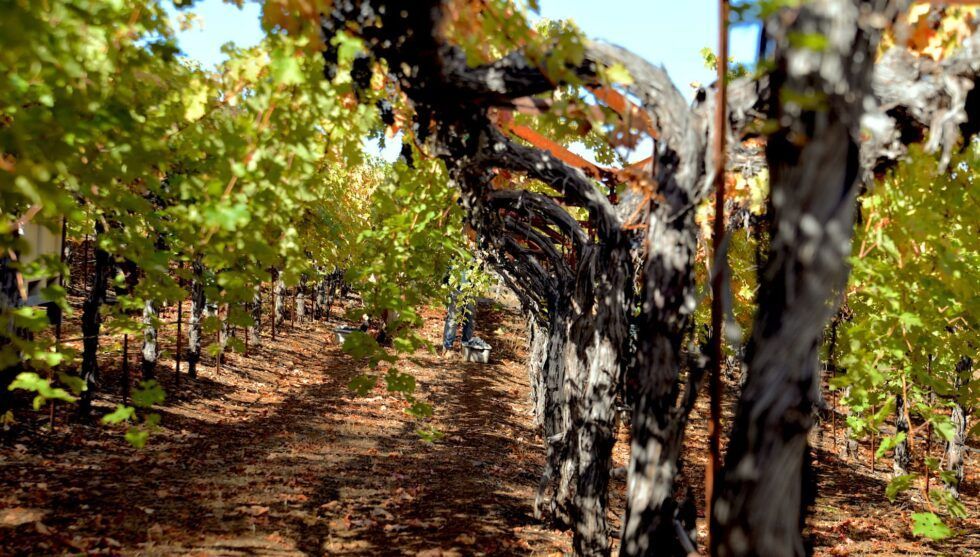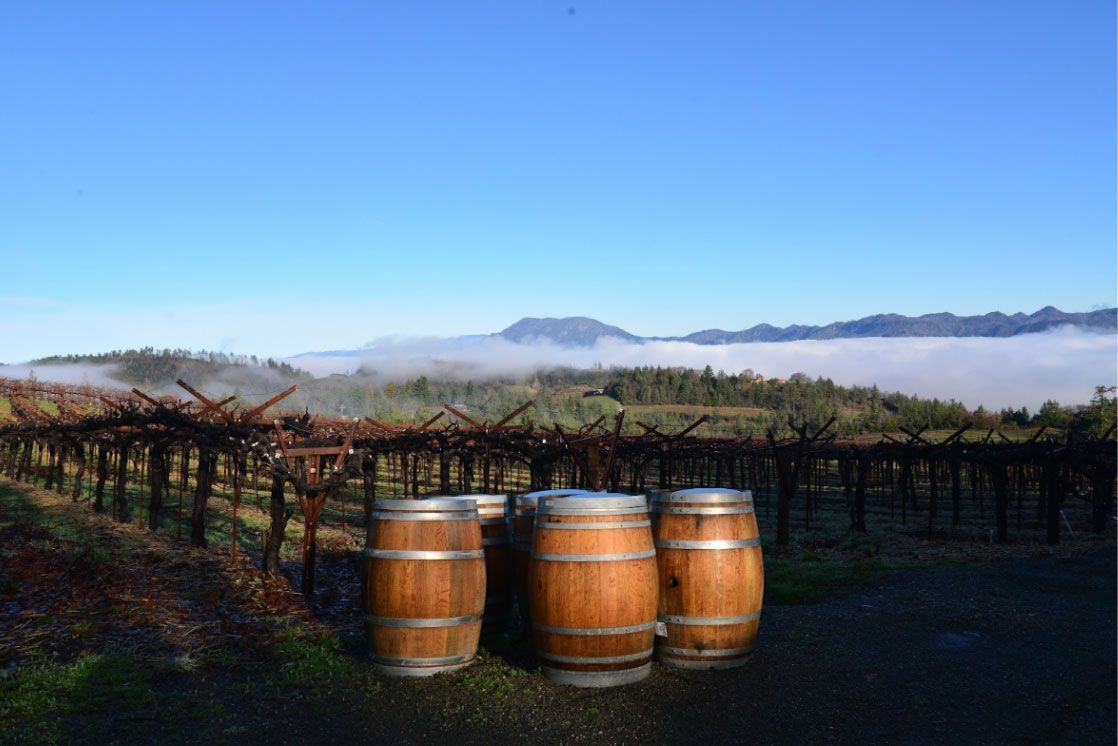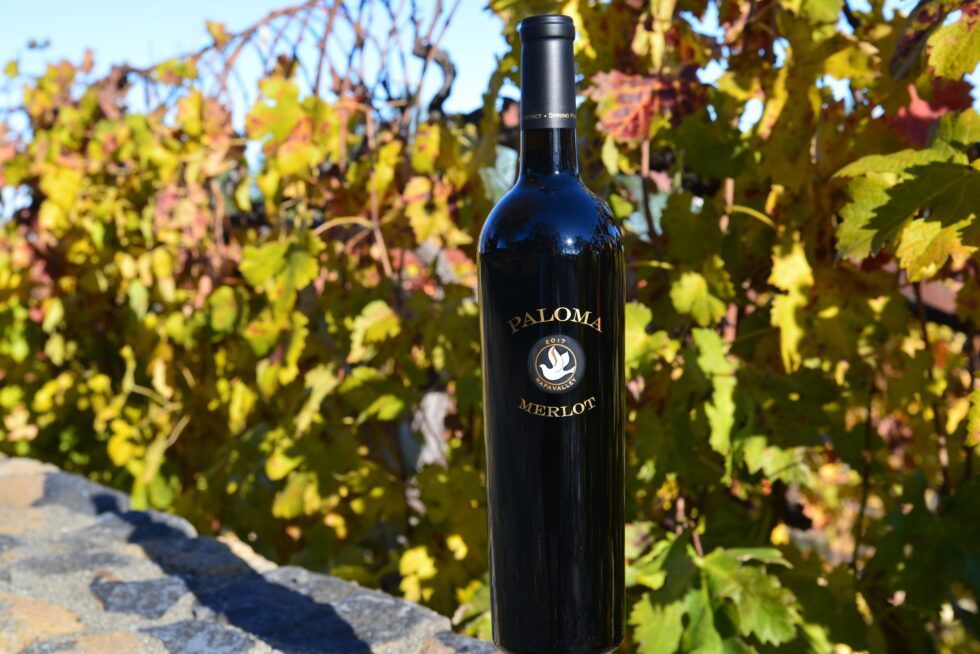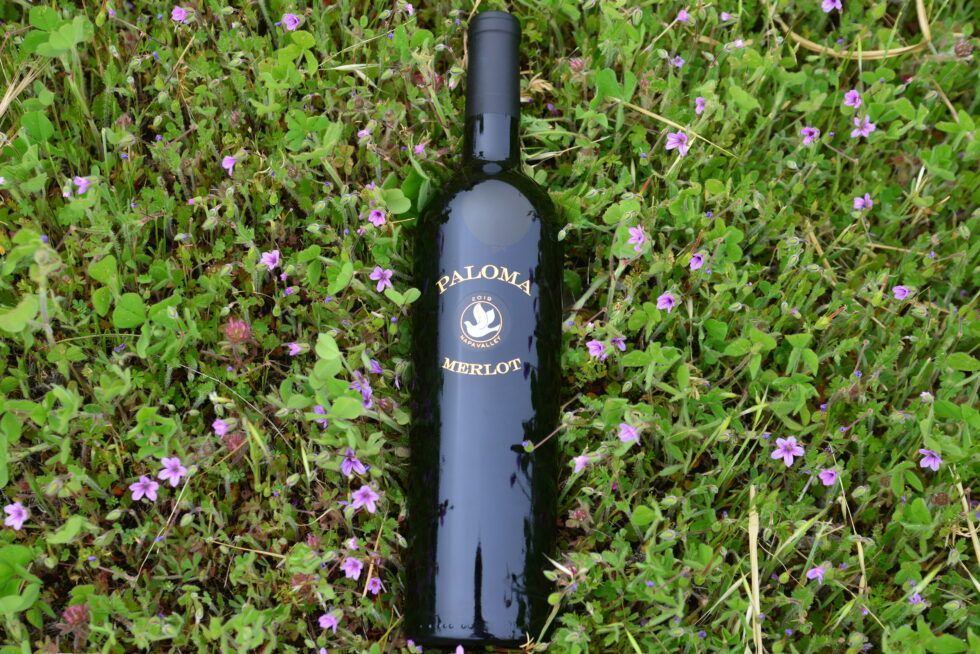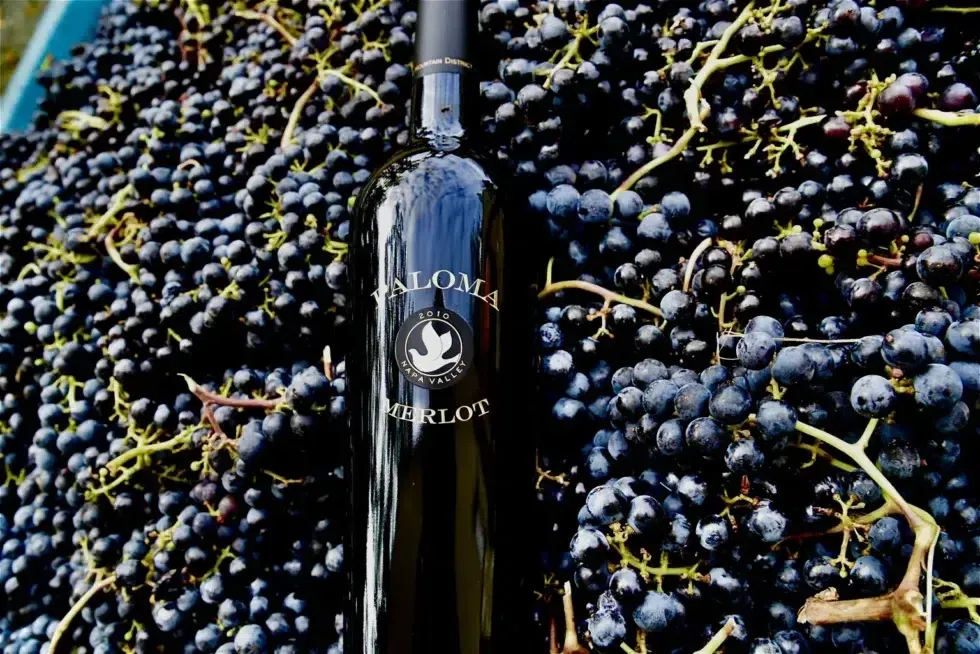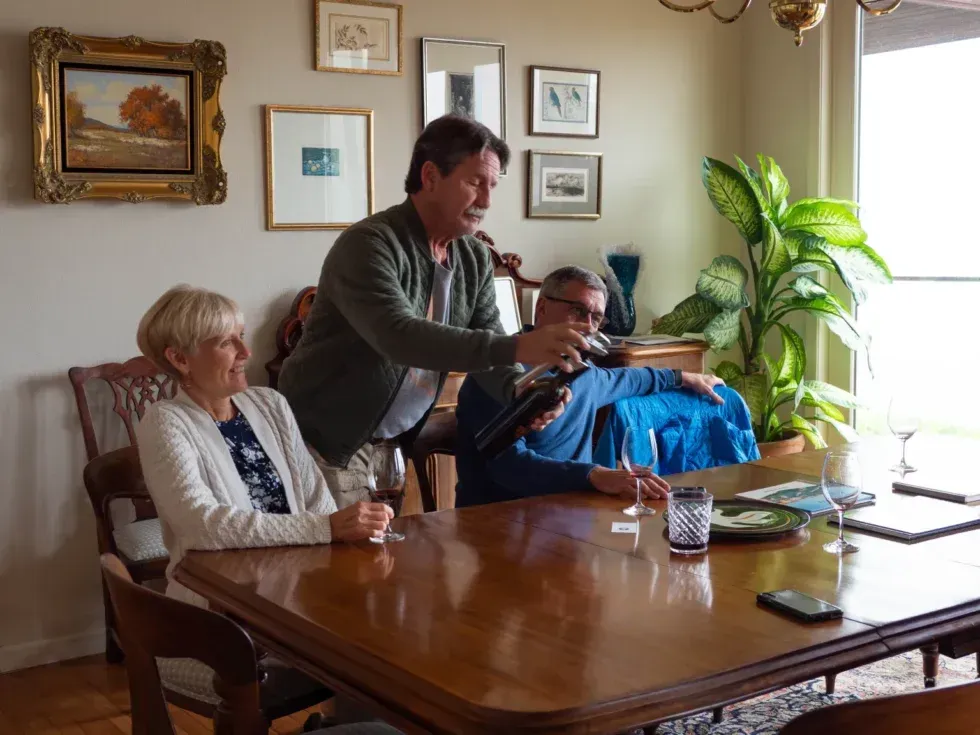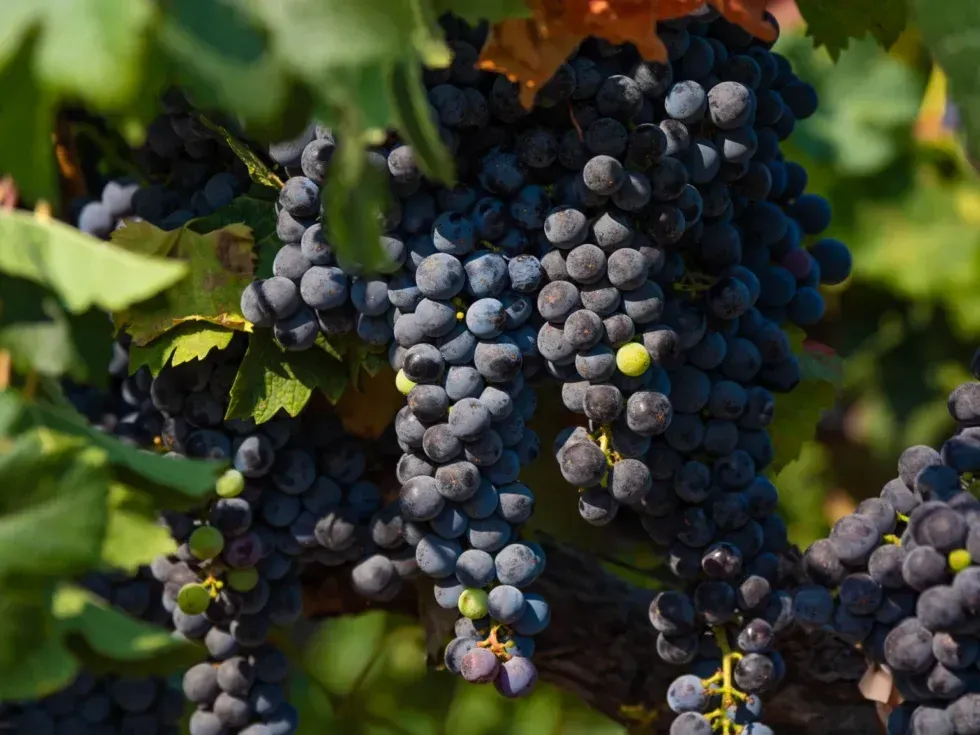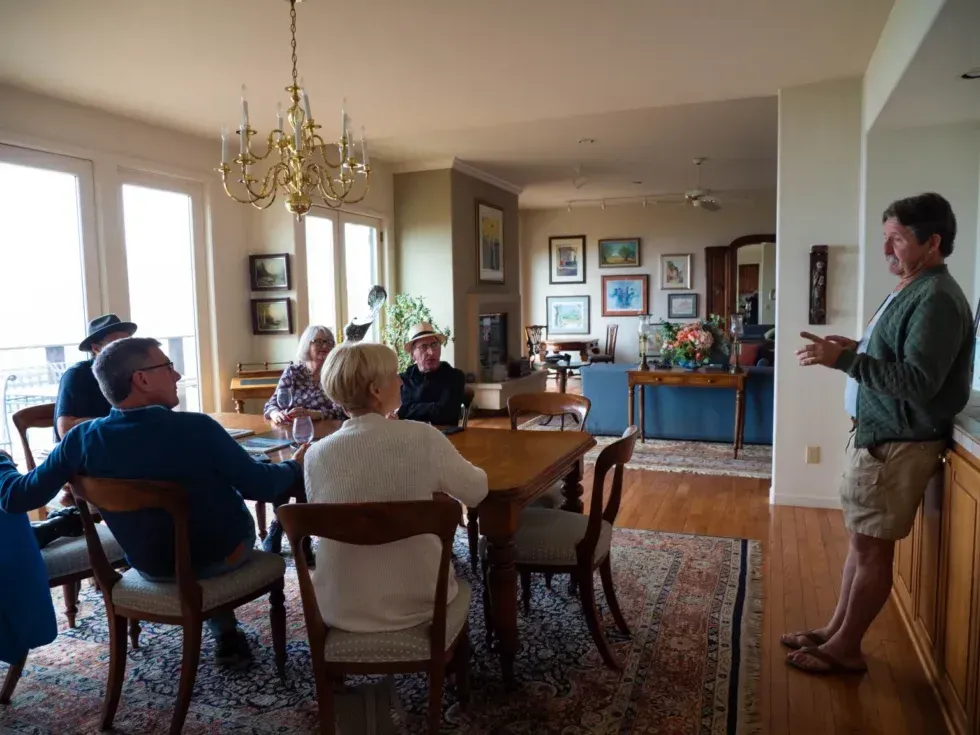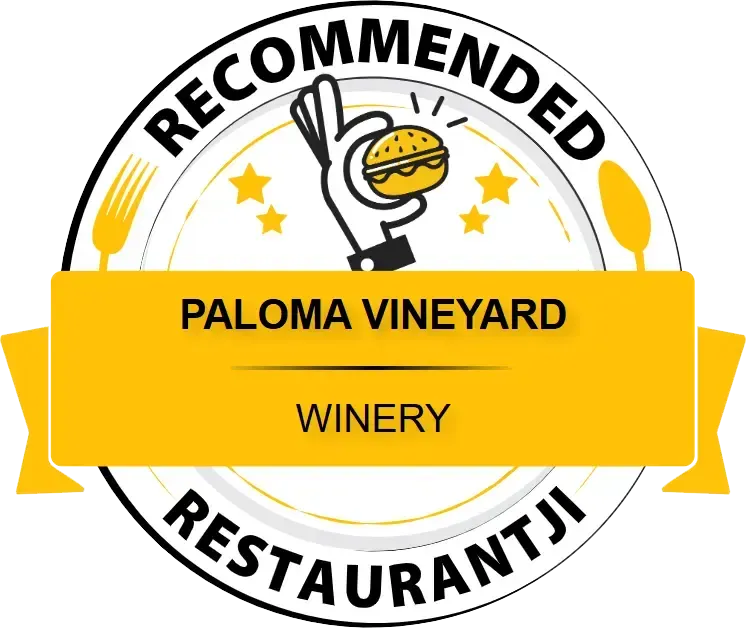How to Learn the Flavors You Love (and Ask for More of It): Wine Tasting Etiquette
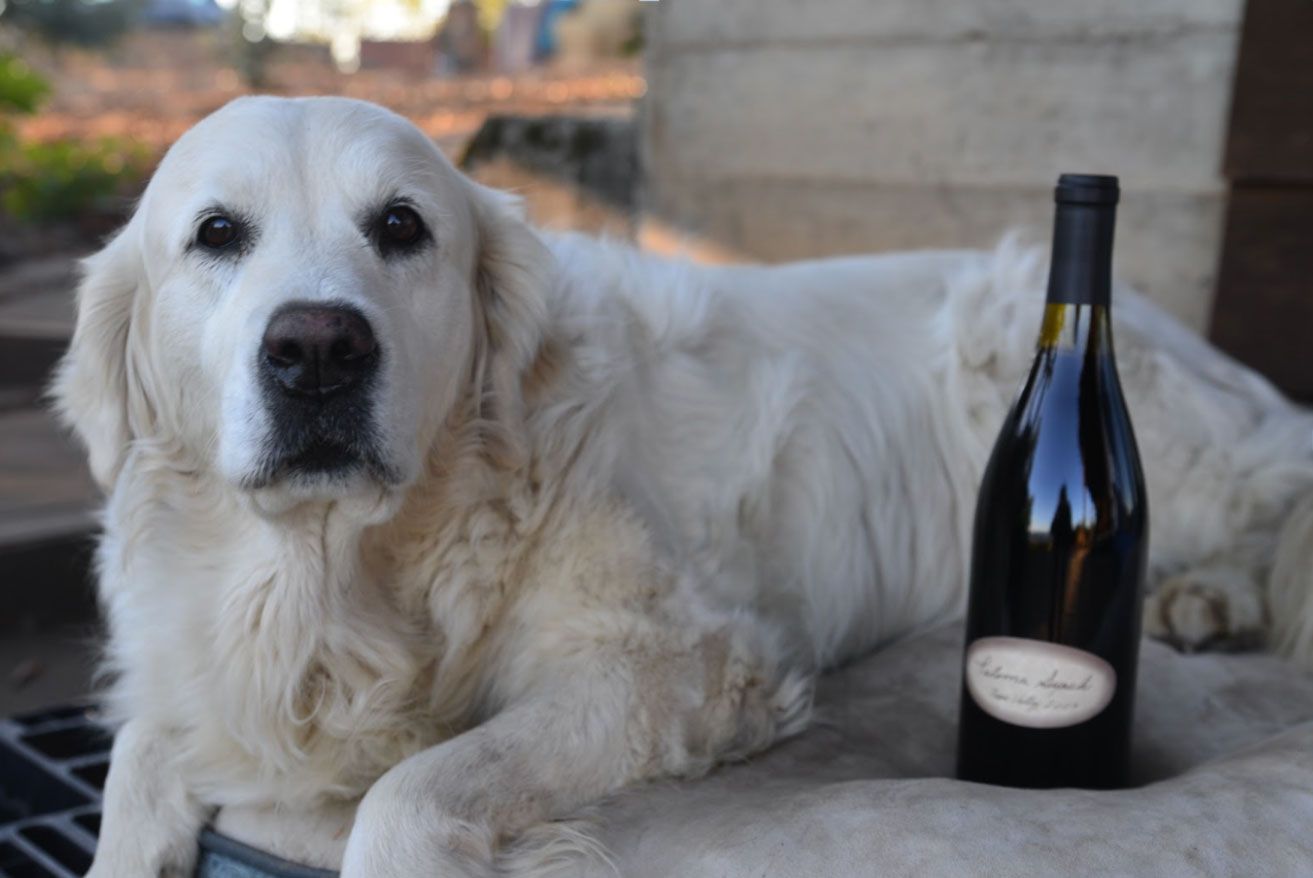
Wine tasting is more than etiquette and ceremony. It’s an opportunity to listen to your palate — to discover what flavors resonate most with you, so that in later tastings or purchases, you can ask for “more of that.” When you can name what you like, you unlock a more rewarding, deeper wine experience.
Below is your refined guide to wine tasting etiquette — yes — but always in service of helping you tune in to your preferences.
Do: Know the Proper Wine Tasting Pour Amount
One often-overlooked way to protect your ability to sense subtle flavors is by respecting the wine tasting pour amount. When you receive 1 to 1.5 ounces per pour (30–45 mL), you allow your senses to stay fresh across the flight. It is a taste of wine not a glass being consumed, it is meant to be compared.
Why this matters when discovering your palate:
- You can compare multiple wines side by side — contrast teaches you what you don’t like.
- You avoid palate fatigue — tasting more than 6 to 8 pours can dull the senses.
- You leave room for reflection — even after you swallow (or spit), lingering flavors will show you which wines made the strongest impression.
Think of each tasting pour as a
data point, not a dose. Over the course of the flight, your favorites will emerge — and that’s the moment you lean in, ponder, and ask more about what you loved.
What Not to Say at a Wine Tasting
Wine tasting isn’t about getting it right — it’s about getting curious. Whether you’re swirling your first glass of Syrah or confidently describing the tannins in a mountain-grown Merlot, the joy of tasting comes from exploration. But even the most enthusiastic adventurers sometimes trip over their own tongues. So here’s our playful guide to what not to say so you can sip like a spirited explorer rather than a confused tourist.
1. “I don’t know anything about wine, so I probably won’t get it right.”
First rule of wine: there is no
getting it right. You’re not solving a math problem—you’re experiencing flavor. So don’t disqualify yourself before your first sip. Instead, try: “I’m curious to learn what I like.” That’s the whole point.
2. “I only drink [insert one grape forever].”
We get it. You and Sauvignon Blanc go way back. But imagine visiting a new country and only eating the bread. Try something unexpected. Maybe a moody Mourvèdre or a high-elevation Merlot with a volcanic soul. It's a tasting after all — you just might fall in love all over again.
3. “What’s the most expensive bottle?”
Price doesn’t equal pleasure. The best wines aren’t always the priciest — they’re the ones with a story that stirs something in you. Instead, ask: “What’s something with a great backstory?” or “What do
you love pouring for guests?”
In the end, the only real mistake is missing the moment.
At Paloma, we believe wine is meant to be shared, explored, and enjoyed — preferably on a patio with good company and a view of the vines. So say what you feel. Ask the weird questions. Take notes in haiku if that’s your thing. Because the best tasters aren’t experts — they’re adventurers.
Do: Book Your Wine Tasting Reservations Ahead
Even when your goal is to explore your flavor preferences deeply, the structure of a well-prepped tasting room helps. A wine tasting reservation gives the host time to craft a flight that highlights contrasting styles. Whether that’s via barrel vs. neutral aging, different vineyards, or small-production lots, each in turn makes flavor discovery richer.
Reservation benefits from this lens:
- The staff can lay out an intentional tasting order — light → richer → reserve.
- They may offer side-by-side comparisons (e.g. same wine aged differently).
- You won’t feel rushed — you’ll have space to linger with wines that intrigue.
When making a wine tasting reservation, mention that you’re especially interested in discovering or learning. You could ask:
- Can we compare wines side-by-side (e.g. new vs. neutral oak)?
- Do you have a library or small-production wines that showcase extremes?
- How long would you recommend per wine if I want to really dwell?
Framing your reservation with intention sets the tone: you’re not just tasting, you’re learning.
Do: Wear Neutral Perfume (or None) to Respect the Tasting Experience
Since you are tuning your sense of smell more sharply, protecting it is critical. Wearing a strong fragrance risks masking delicate aromas that carry clues to flavor preferences: floral, mineral, spice, forest floor, or herbal notes.
- Skip perfumes, cologne, strong lotions, and scent-laden detergents.
- Aim for a truly neutral backdrop so your nose can interact only with the wine.
When nothing else competes, your senses stay uncluttered letting you pick up the subtle raspberry note, the dusty cocoa, or the sage leaf nuance that might become your signature “aha” marker.
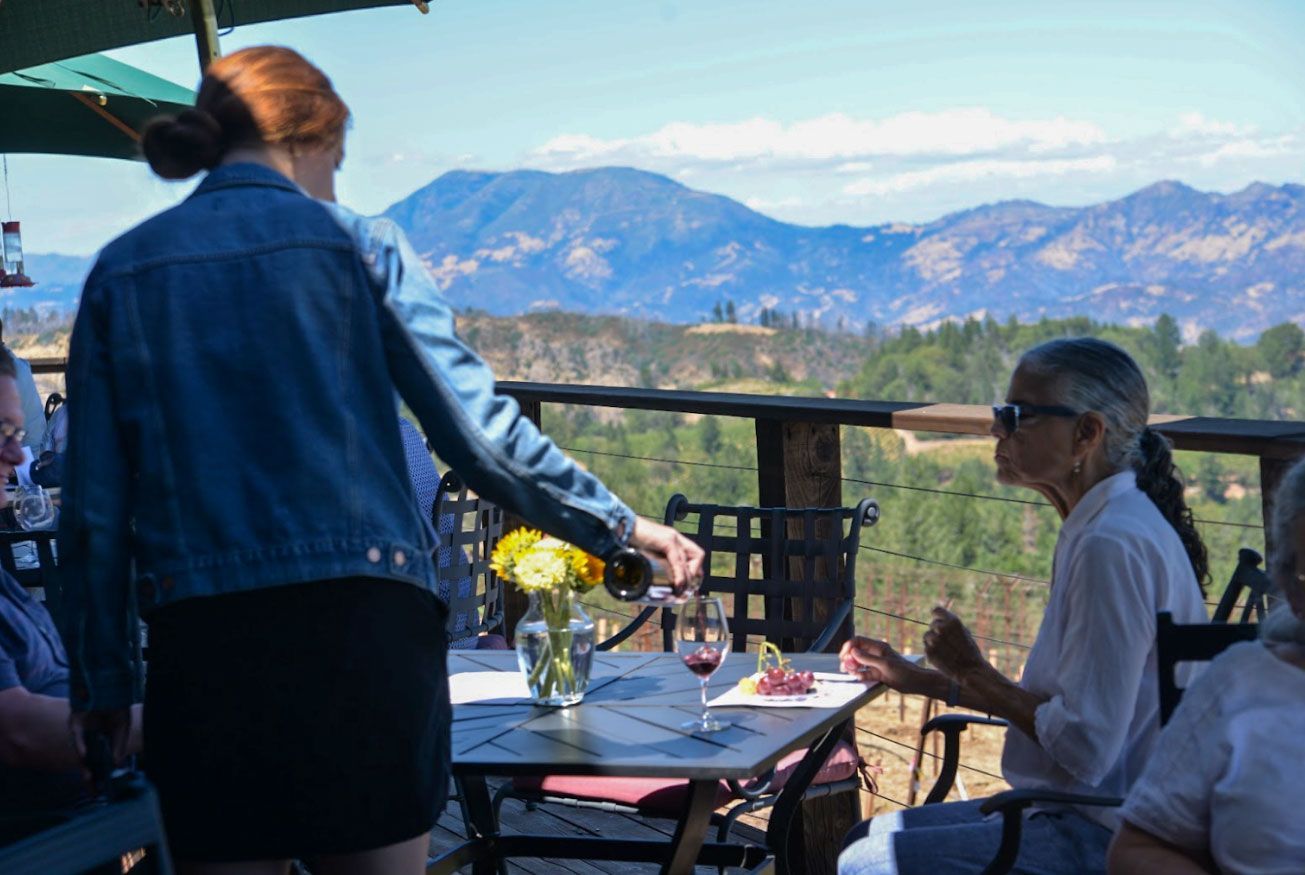
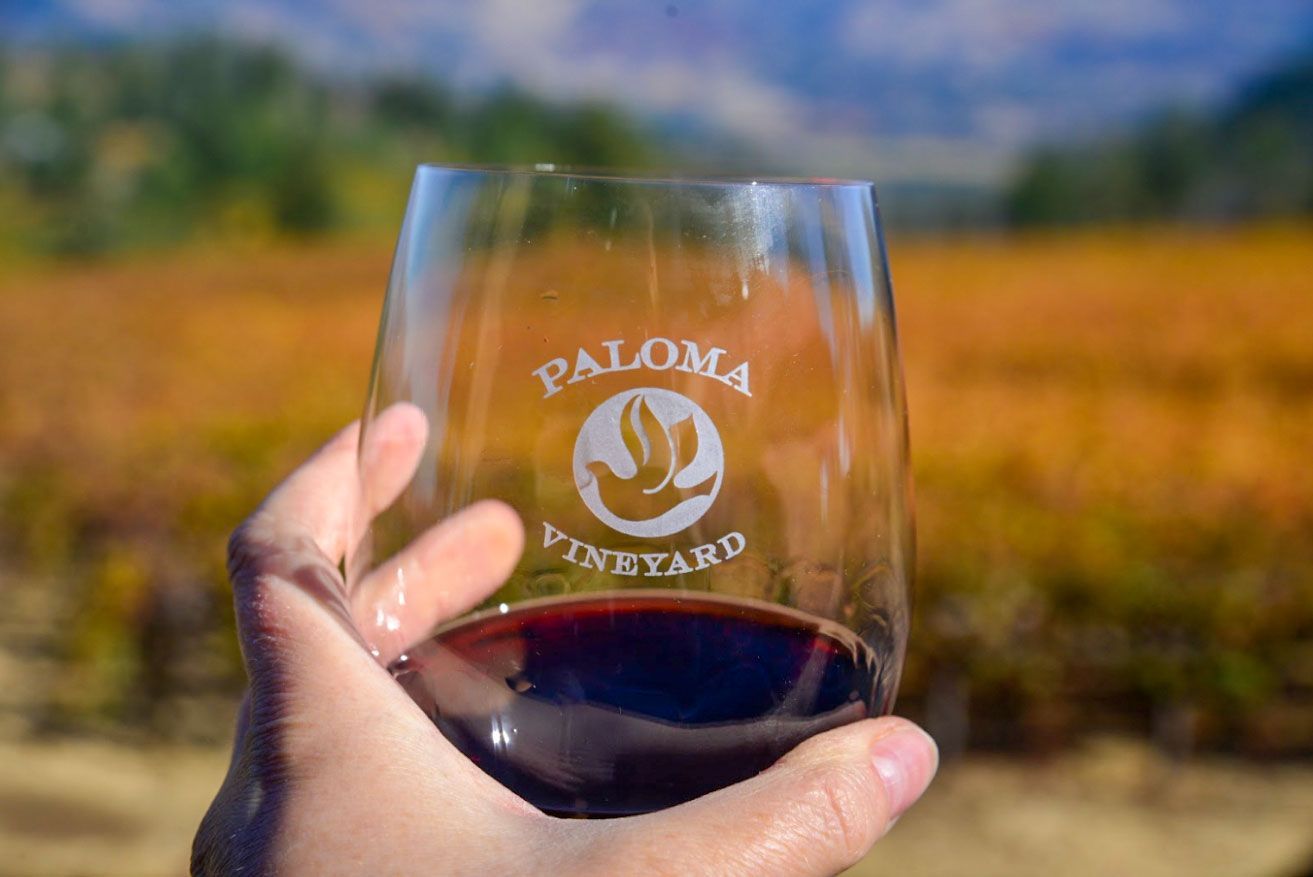
Do: Dress for the Experience — and the Elements
When planning your wine tasting outfit, start with where you'll be sipping. At Paloma, our Vineyard Tours and Barrel Tastings invite you behind the scenes and off the beaten path — quite literally. Closed-toed shoes are a must, both for your safety and comfort as you explore uneven terrain and cellar spaces. Think practical, not precious.
For our Home Sweet Home seated tastings, the tone shifts to relaxed hospitality. You're welcome to lean into comfort a bit more here, but we still recommend clothing that lets you move easily and stay present in the moment.
A few extra notes to keep your senses sharp:
- Bring a small notebook, tasting journal, or phone for jotting down impressions. Even a single note — “surprisingly floral” or “lingered like a good story” — can help you remember what moved you.
Dress in a way that lets your body blend in and your senses take the lead.
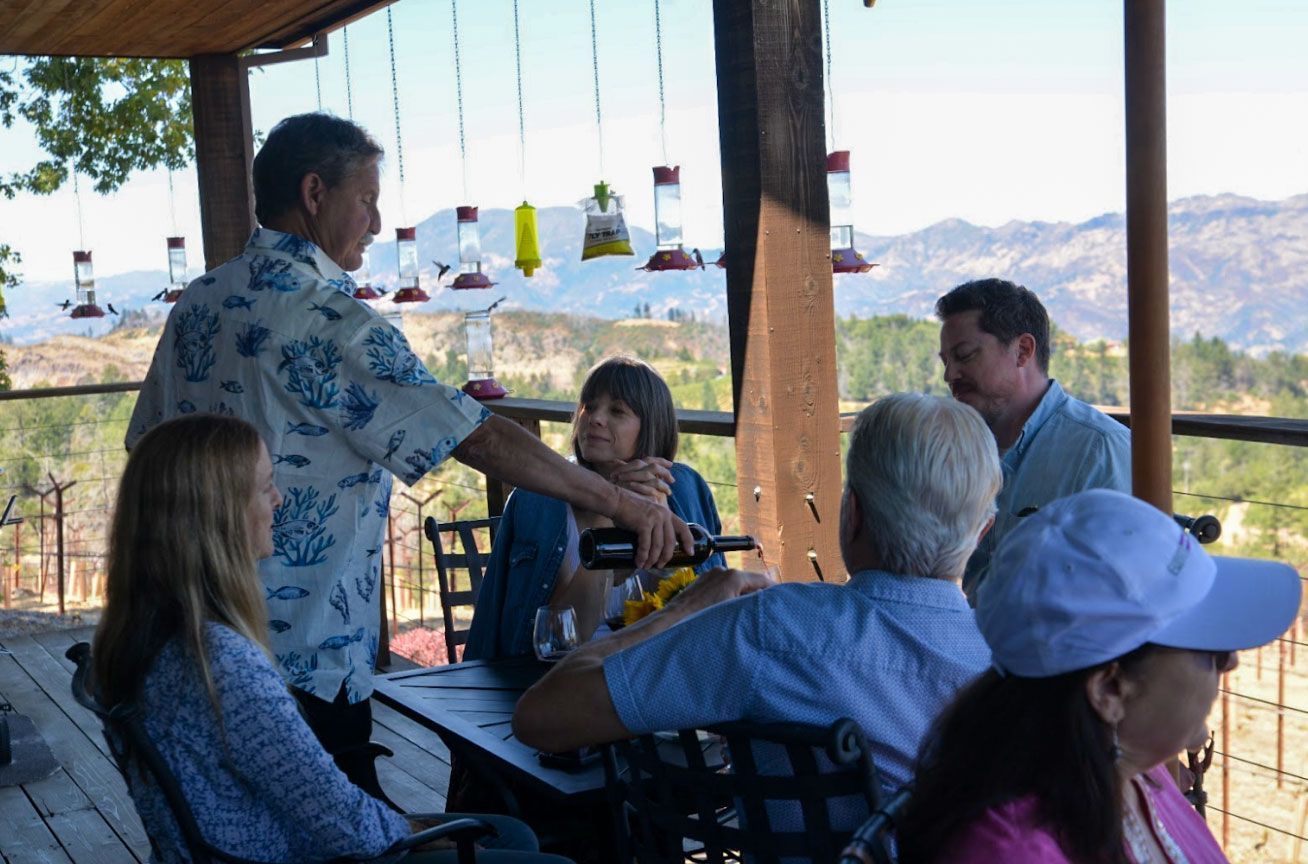
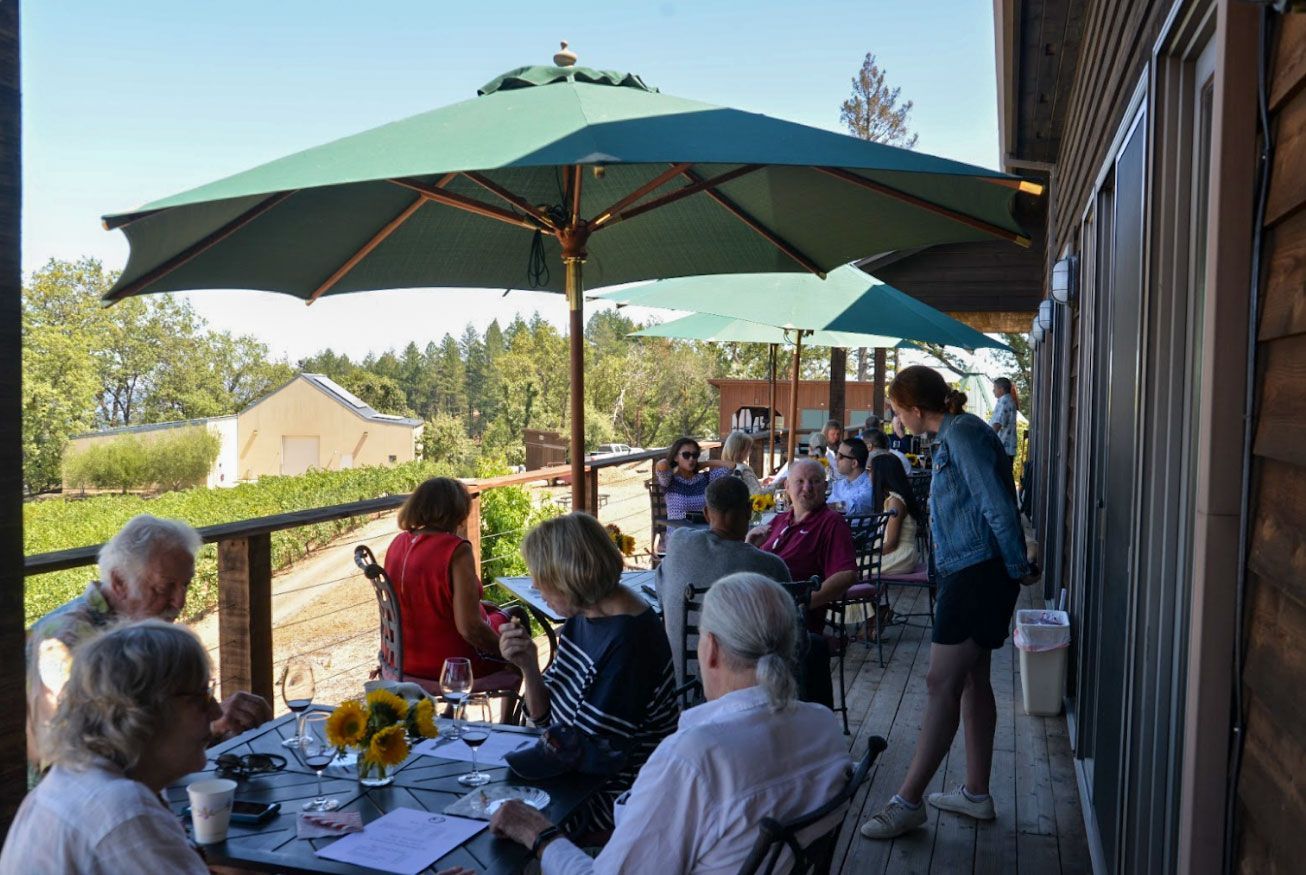
Do: Questions to Ask at a Wine Tasting
Here’s where your learning really deepens. Thoughtful questions to ask at a wine tasting help you map what you’re sensing and what the winemaker did. They can also point the host toward wines you may love. Below are questions to support flavor discovery.
What is Your Typical Wine Aging Process?
Ask this in a way that teases out flavor influence:
- Do you use new oak or neutral oak? French or American?
- How long do you age in a barrel before bottling?
- Have you tried stainless steel, concrete, or alternative vessels for aging?
Understanding the wine aging process helps you decode what brought out vanilla, toasted spice, dried fruit, creaminess, or silky texture. For example, in Laura’s tasting note on Paloma’s 2017 Merlot, she picks up vanilla, raspberry, cassis, and spice plus cocoa undertones. Knowing whether that wine went through new oak or neutral gives you a clue.
If you enjoy dry wines, learning more about the wine aging process can deepen your understanding and help you learn exactly what about the dryness you like. Helping you discover if you prefer a specific grape or a particular oak program.
How Would You Describe Your Vineyard’s Terroir?
Terroir is a broad term that helps relate the physical attributes of a vineyard to the wine. In other words, the sense of place that shapes acidity, minerality, earth tones, and tension in wine. In Laura’s notes on the 2019 Cabernet Sauvignon, she mentions “earthy sage notes” that deepen with swirl. Getting curious about the flavors you taste can help you uncover how well the wine will age.
Use questions like these to connect place to flavor:
- What soils are present (volcanic, clay, schist, gravel)?
- What are the sun exposure, slope, elevation, temperature,m and microclimates?
- Do you practice dry farming, cover cropping, or specific canopy management?
When you can trace flavors back to place, you gain a filtering lens: “I like wines with cooler climates, or higher elevations”.
Do You Make Small‑Production Wines? Are They Only Available at Your Tasting Room?
You might think of this as "seek your flavor extremes." Small production wines often give the winemaker more latitude for experimentation—wild ferments, more radical oak, lower yields—and they can push boundaries.
Ask:
- What about the hand crafted process contributes to the flavor I am tasting?
- What is your distribution like? Can I find this wine at home?
If one of these small-lot wines makes your heart flutter (or your eyebrows raise), you’ve hit a flavor direction.
Even at Paloma, some vintages had limited cases. The 2015 Merlot, for example, produced only 565 cases. This is largely due to the weather in the spring of 2015.
Why Learning Your Flavor Preferences Matters
Let me bring all these threads together into why this flavor-first approach is so powerful:
1. You Become an Informed Seeker
When you say, “I like warm climate, medium to full-bodied Cabernet”, you move from guessing to selecting. You guide the host, retailer, or sommelier toward wines you’ll love.
2. You Learn to Compare — Contrast Sharpens Taste
When you taste side by side — a neutral-oak version and a new-oak — you’ll notice which notes you prefer (smoky, creamy, fruit-driven, lean). Over several tastings, patterns emerge.
3. When You Grow Vocabulary, You Grow Confidence
By mapping your own taste preferences in a journal. You find your own language for the jargon you hear. Then you learn to map your sensations to words, which helps you articulate what you like (and ask for more).
4. You Cultivate Your Wine “Profile”
Over time, your palate builds a profile. Are you drawn to:
- Bright red fruit and herbs (cranberry, raspberry, thyme)?
- Ripe dark berries + chocolate + mocha (black cherry, cassis, cocoa)?
- Earthy, savory, mineral accents (forest floor, dusty earth)?
- Texture and finish (silky, plush, round, lingering acidity)?
When you know your profile, you can seek wines more confidently — looking for wines from specific climates and learning what styles producers make those wines in. All of this helps you on your journey to finding more wines that you truly love.
